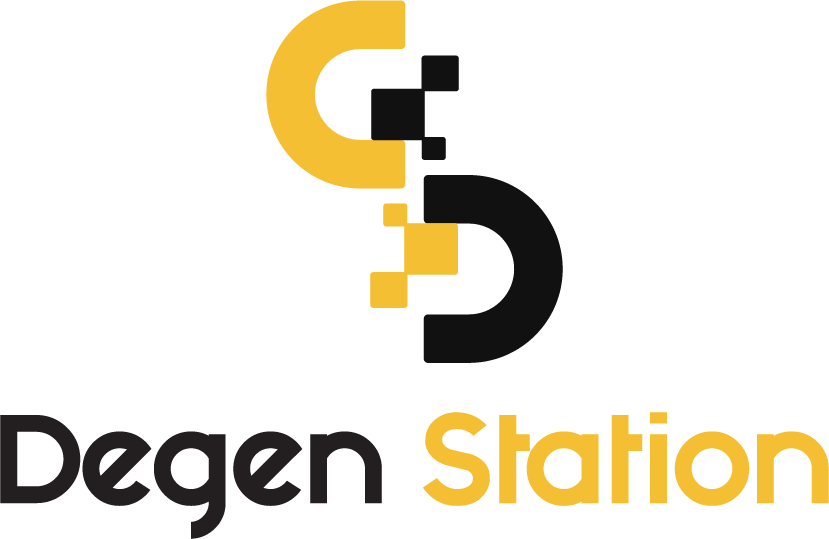Tether Sets New Market Cap Record

On June 1st, Tether, the largest stablecoin in the market, officially set a new market cap record.

Tether Sets New Market Cap Record
According to the latest data, Tether (USDT) has surpassed a market cap of $83.2 billion. This milestone was announced on Tether’s official Twitter channel.
Specifically, USDT has broken its previous record of $83.2 billion set in May 2022. Commenting on this achievement, CTO Paolo Ardoino stated:
"Today's figure reflects the users' desire for financial freedom. When provided with the right tools, they are ready to embrace it. Tether offers a refuge for individuals unable to access banking services, helping them preserve purchasing power amidst plummeting fiat currencies. Despite facing market volatility and transparency challenges, Tether has demonstrated trustworthiness and earned appreciation from its customers."
Tether USD₮ Reaches All-Time High, Surpasses Previous Market Cap High of $83.2Bhttps://t.co/Vxs5fbDQ4j pic.twitter.com/YbxWBWjmwd
— Tether (@Tether_to) June 1, 2023
Binance CEO Changpeng Zhao also congratulated Tether and commented on the stablecoin market.
Launched in October 2014, Tether has faced ongoing scrutiny over transparency and safety on its path to becoming the leading stablecoin.
Read More: Coin68 Exclusive: Paolo Ardoino (CTO of Tether) - USDT and the Future of Stablecoins
In Q1 2023, Tether reported a profit of $1.5 billion, doubling previous forecasts. Additionally, Tether has committed to allocating 15% of its profits to accumulate Bitcoin, thereby expanding its collateral base.
BUSD, a fully regulated stablecoin, was "capped" (no new minting) by NYDFS at $23b. Now at $5b market cap.
— CZ 🔶 BNB (@cz_binance) June 1, 2023
Since then, USDT has seen tremendous growth. https://t.co/KqBkDK71WS
As of the time of writing, according to Coingecko, Tether's market cap accounts for approximately 66% of the total stablecoin market share, nearly three times that of its closest competitor, USDC.
Beyond Tether, the stablecoin market is witnessing significant developments. For instance, DAI is diversifying its collateral by incorporating Real World Assets, specifically short-term U.S. government bonds. Conversely, USDC is focusing on mitigating the impact of government bonds on its collateral portfolio.

The upcoming stablecoin competition is not only about enhancing yields to attract capital but also about managing risk and minimizing the effects of traditional financial systems.





